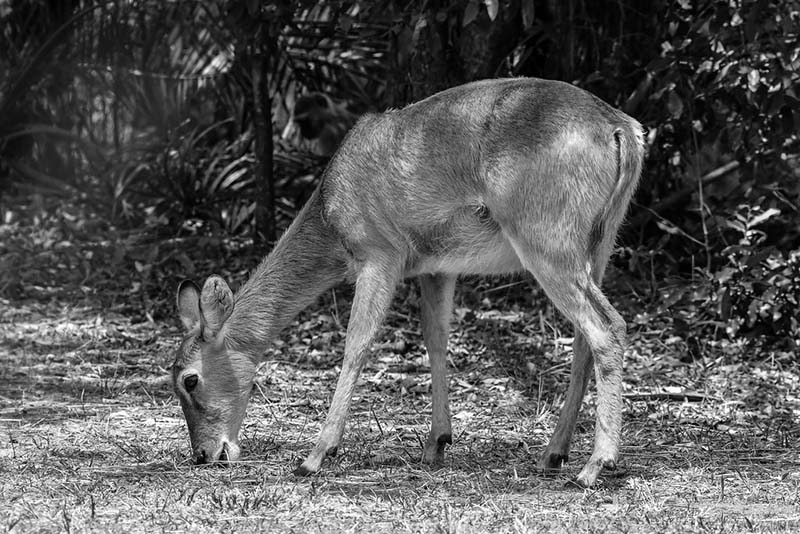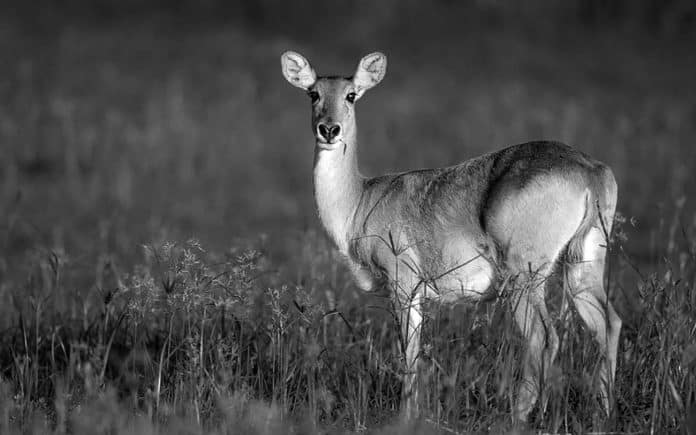Puku Antelope – Background, Subspecies, Ecology and More
Kobus Vardonii known locally as Puku is an antelope of medium-size that lives in the wet grasslands of southern Tanzania, DRC, Zambia, Namibia.
Due to their dwindling habitat, about one-third of all puku are located in protected areas, zoos, and national parks.
Puku Antelope Description
Puku stands around 80 cm (31 in) tall and weighs between 70 and 80 kg (150 to 180 lb). The puku has sandy brown color, with a somewhat light brown underbelly. The coat of the southern reedbuck, lechwe, or impala, as well as the tiny oribi, is rougher. Males have ridge-structured, 50-cm-long horns that are vaguely lyre-shaped.
Puku Subspecies
The Kobus vardonii senganus (Southern Puku) and the Kobus vardonii senganus (Senga Puku) are the two subspecies (Kobus vardonii vardonii).
Ecology of Puku Antelope
Puku are almost entirely found in the Kilombero Valley in Tanzania’s marshy grassland and dambos, where they consume grasses.

The Puku diet is adaptable to the types of grasses ingested, and there is minimal nutritional competition from other bovids. Early morning and late afternoon crepuscular activity. Puku makes a piercing whistle sound when startled. Females congregate in herds of up to 20 animals. During the rainy season, many herds would congregate for increased protection, with the average number of females being approximately 50. Puku Males defend the territory and strive to encourage herds of females to remain as long as possible inside them. They travel to a high elevation during the rainy season owing to big floods in their habitat, and they stay near water during the dry season.
For more articles related to Wildlife in Tanzania (Animals), click here!


































